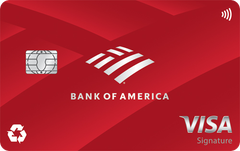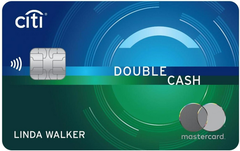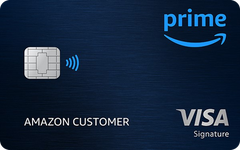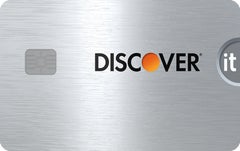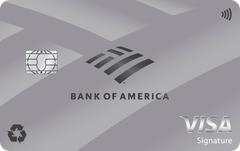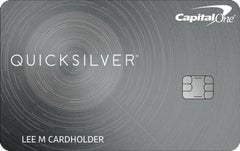
Costco Anywhere Visa® Card by Citi
*The information about the Costco Anywhere Visa® Card by Citi has been collected independently by Bankrate.com. The card details have not been reviewed or approved by the card issuer.
A FICO score/credit score is used to represent the creditworthiness of a person and may be one indicator to the credit type you are eligible for. However, credit score alone does not guarantee or imply approval for any financial product.
N/A
Intro offer
Intro offer is not available for this Citi credit card.
1% - 4%
Rewards rate
4% cash back on eligible gas and EV charging purchases for the first $7,000 per year and then 1% thereafter. 3% cash back on restaurants and eligible travel purchases. 2% cash back on all other purchases from Costco and Costco.com. 1% cash back on all other purchases.
$0
Annual fee
20.49% (Variable)
Regular APR






